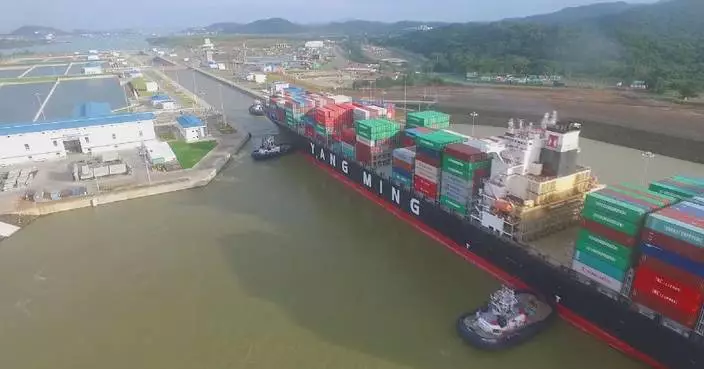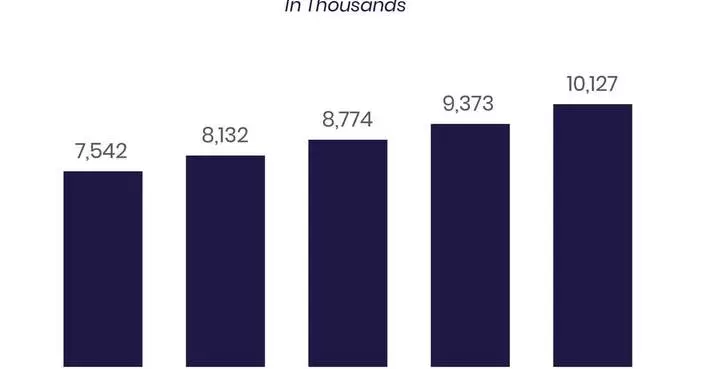The import and export cargo volume of Urumqi Airport in northwest China's Xinjiang Uygur Autonomous Region skyrocketed by 604.9 percent year-on-year to reach 35,000 tons during the first 11 months of 2024, according to the Urumqi Diwopu International Airport Customs.
The airport has optimized its route network to reduce flight times and increase connectivity, with a focus on serving the needs of its growing cargo and passenger markets.
Urumqi Airport's aviation logistics has experienced a rapid development, with the introduction of innovative services such as bonded aviation oil, which has improved the port's business environment and driven international logistics growth
Urumqi Airport currently operates a comprehensive network of 15 regular freight routes, connecting 15 cities across 12 countries in Central Asia, South Asia, West Asia, Europe, and beyond.
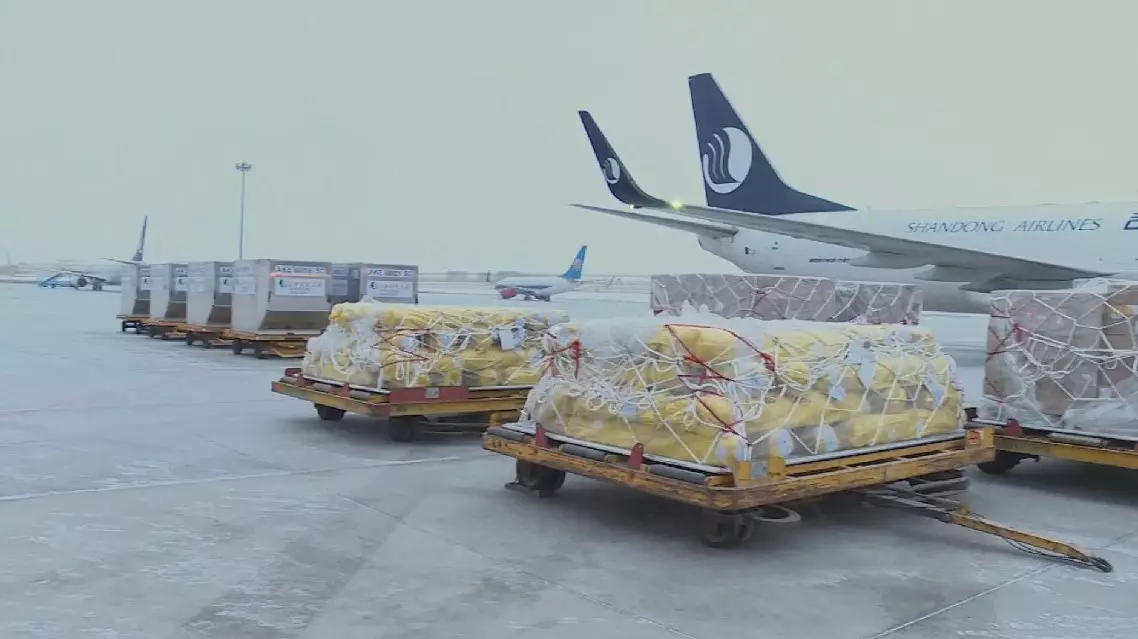
Urumqi Airport sees rise of over 600 pct in import, export cargo volume
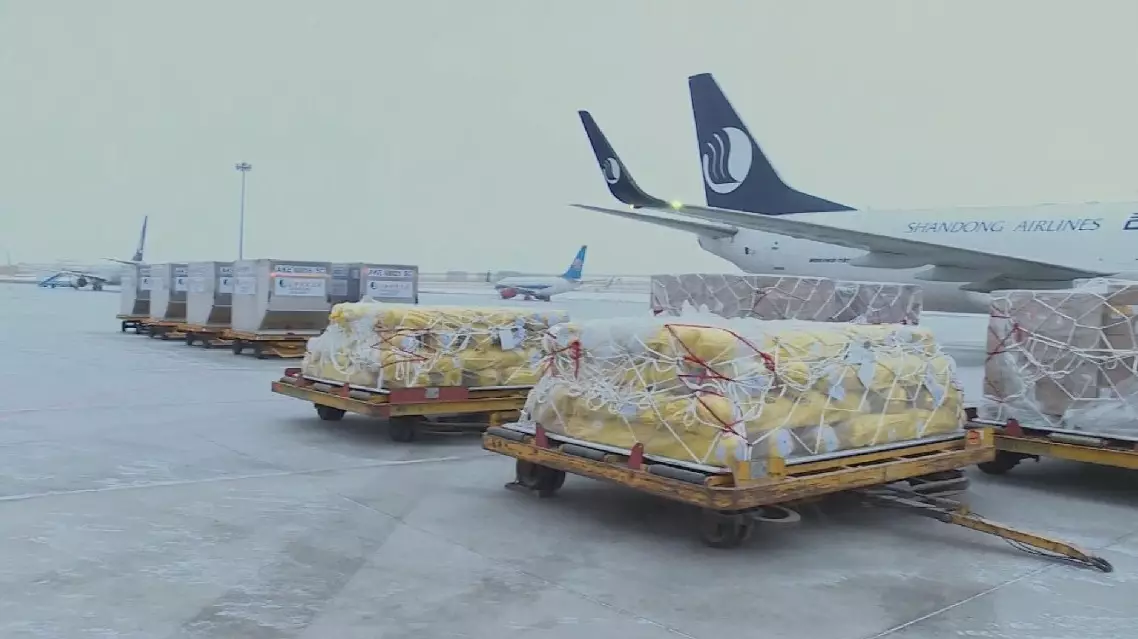
Urumqi Airport sees rise of over 600 pct in import, export cargo volume
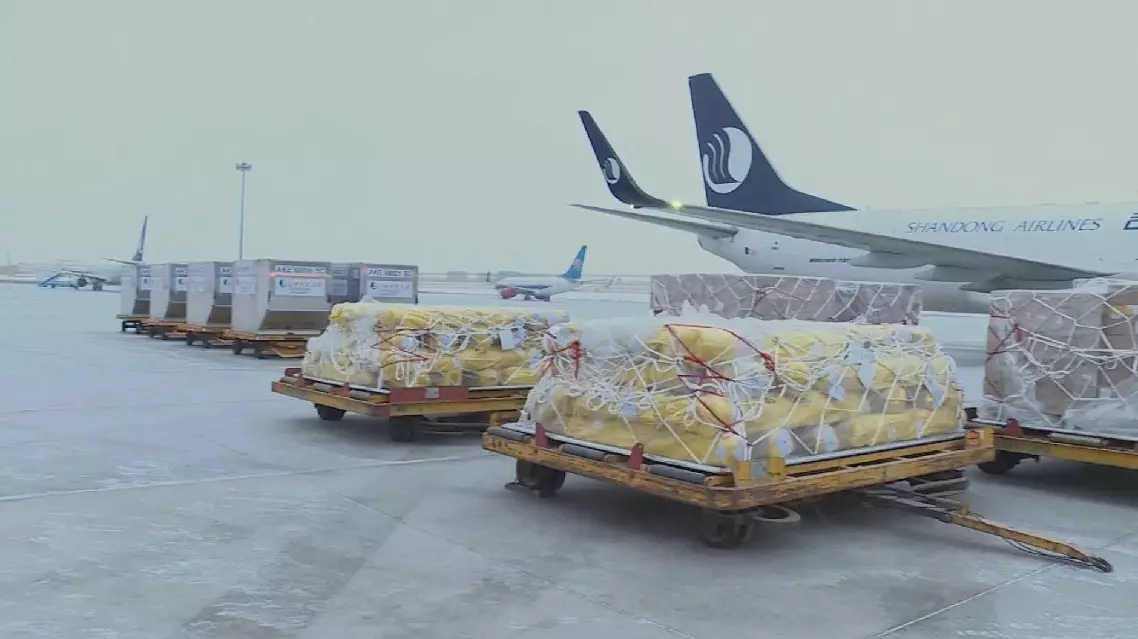
Urumqi Airport sees rise of over 600 pct in import, export cargo volume
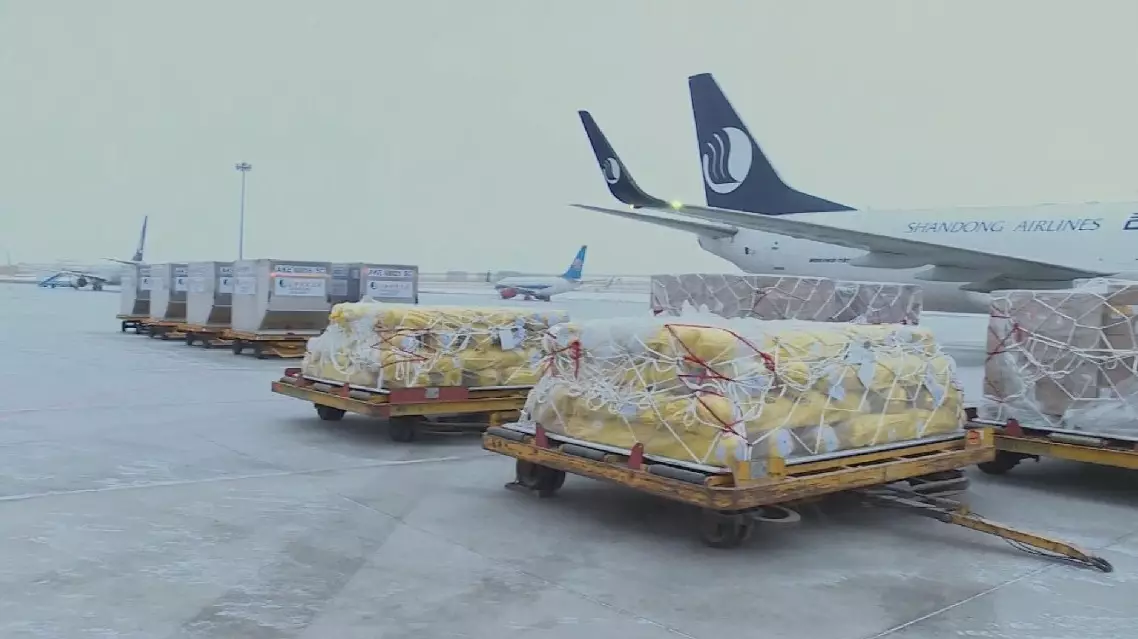
Urumqi Airport sees rise of over 600 pct in import, export cargo volume
Twenty-five years after its return to Panama, the Panama Canal, an artificial waterway connecting the Atlantic and Pacific Oceans, continues to play a pivotal role in the nation's economy, contributing six percent to Panama's GDP and significantly impacting global trade.
The canal was completed by the United States in 1914 and returned to Panama in 1999 under a treaty signed by then U.S. President Jimmy Carter and then Panamanian leader Omar Torrijos. The deal relinquishes American control over the canal by year 2000 and guarantees its neutrality.
According to a report by the Panama Canal Authority, a total of 9,944 deep-draft ships passed through the canal in fiscal year 2024. The total revenue for the year reached 4.986 billion U.S. dollars, with a net income of 3.453 billion U.S. dollars. These figures not only highlight the Panama Canal's busy operations but also underscore its critical importance to global trade.
"We are making sea freight more economical by ensuring an even distribution. The Neopanamax lock can serve 10 to 11 ships, and the Panamax lock can accommodate 26 to 27 ships daily. In total, the Panama Canal operates 36 times a day, and smaller ships can share an opening, allowing up to 40 ships to pass through," said Ilya Espino de Marotta, deputy administrator and chief operations officer of the Panama Canal.
The Panama Canal is not just a vital waterway connecting two oceans, but also a lifeline of global trade. Today, thanks to modern management by the Panamanian people, the canal continues to facilitate international commerce.
"For the past 25 years, the Panama Canal has been operated by Panamanians, handling six percent of global trade. The primary goods transported through the canal are from Asia to the eastern United States, accounting for 74 percent of the canal's total cargo volume, ultimately reaching eastern U.S. ports. The canal not only belongs to Panama, but is also a resource that serves the entire world," said Arauz, a Panamanian economist.
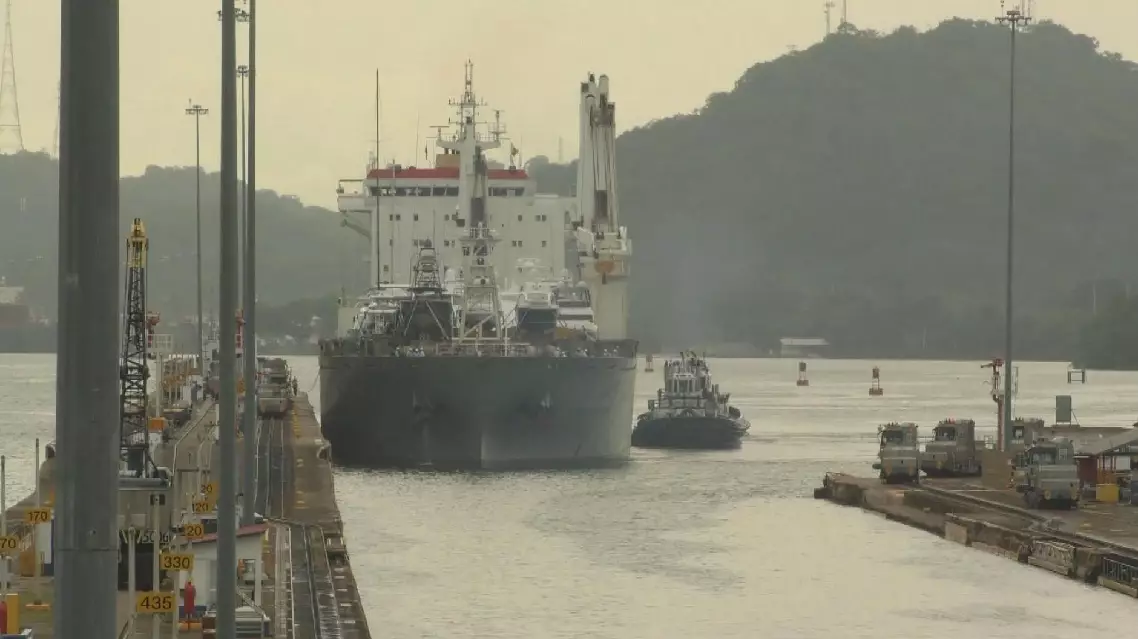
25 years after return to Panama, Panama Canal continues to drive economic growth, global trade










